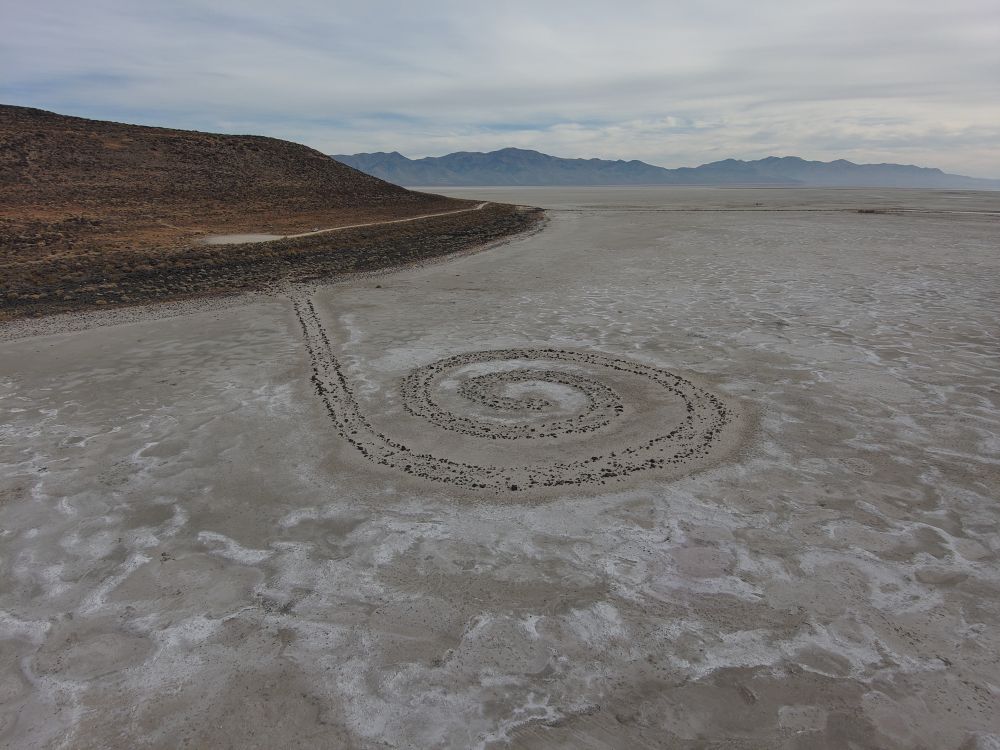Robert Smithson’s Spiral Jetty at the Great Salt Lake is an internationally celebrated work of Land art. The site is of national significance under Criterion C in Area of Art as the work of a master. Smithson is considered one of the most influential postwar artists in America. According to scholar Dr. Johanna Drucker, “The work of Robert Smithson occupies a crucial historical and conceptual position in twentieth-century art. Participating in the shift from modernist autonomy to Minimalist theatricality. Smithson’s sculpture emphasizes the historical break with the aesthetic field of modernity.” Spiral Jetty is also nationally significant under Criterion C in Area of Landscape Architecture. Through his large-scale earthworks like Spiral Jetty, Smithson reframed how landscape architects considered the built environment, directly influencing the field of landscape architecture. Finally, Spiral Jetty is also significant under Criterion C in the Area of Art as an influential example of Land art, a modern genre of art which emerged from the unique political and social environment of 1960s America. Instantly celebrated by the art world when constructed, today Spiral Jetty is widely recognized as the best known work of Robert Smithson. Smithson researched the region around the Great Salt Lake and arranged to lease the lakebed at Rozel Point in March of 1970. He returned to design and construct Spiral Jetty over the course of approximately two weeks in April 1970. The period of significance for Spiral Jetty is 1970, the year it was conceived and constructed. Public appreciation for Spiral Jetty continues to grow. In 2017 the Utah legislature voted to formally recognize Spiral Jetty as an official symbol of the state by designating it as “the state work of land art.”

